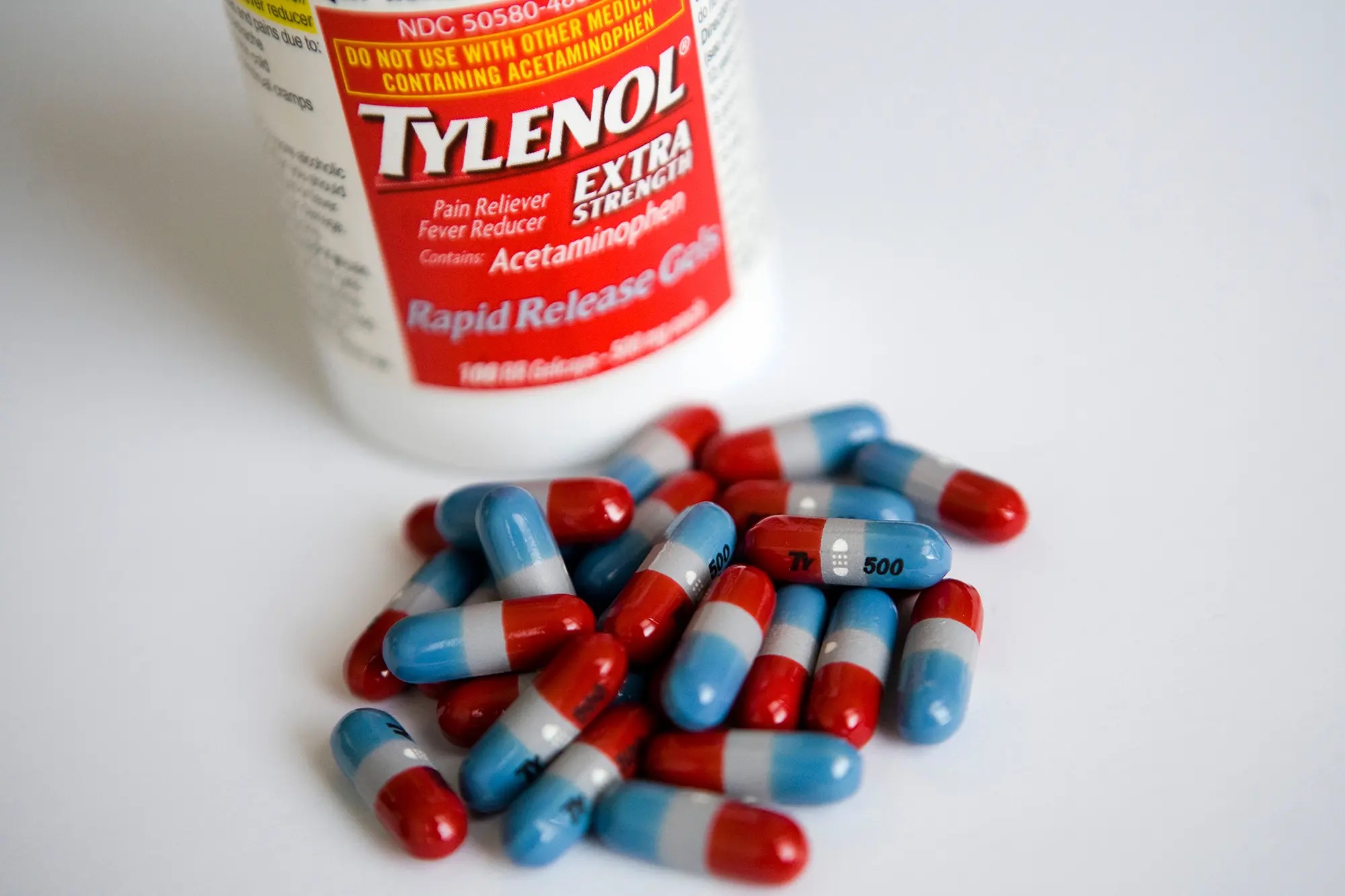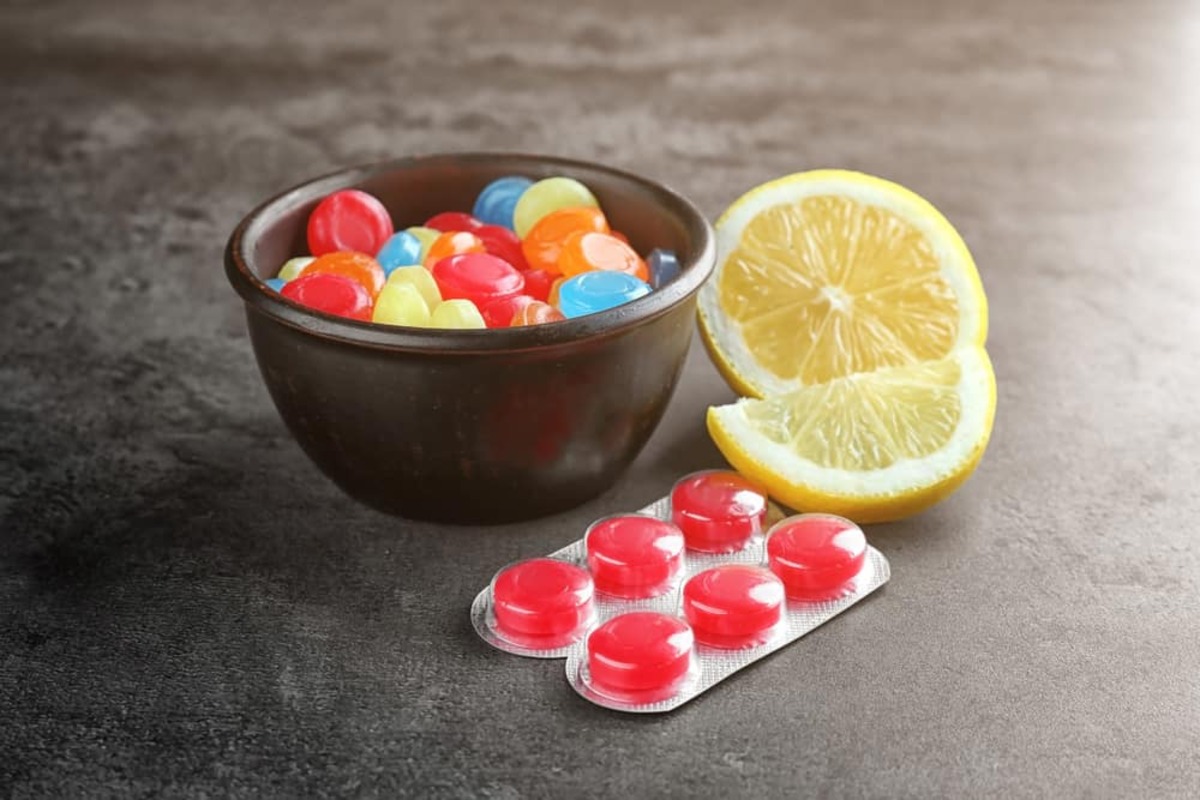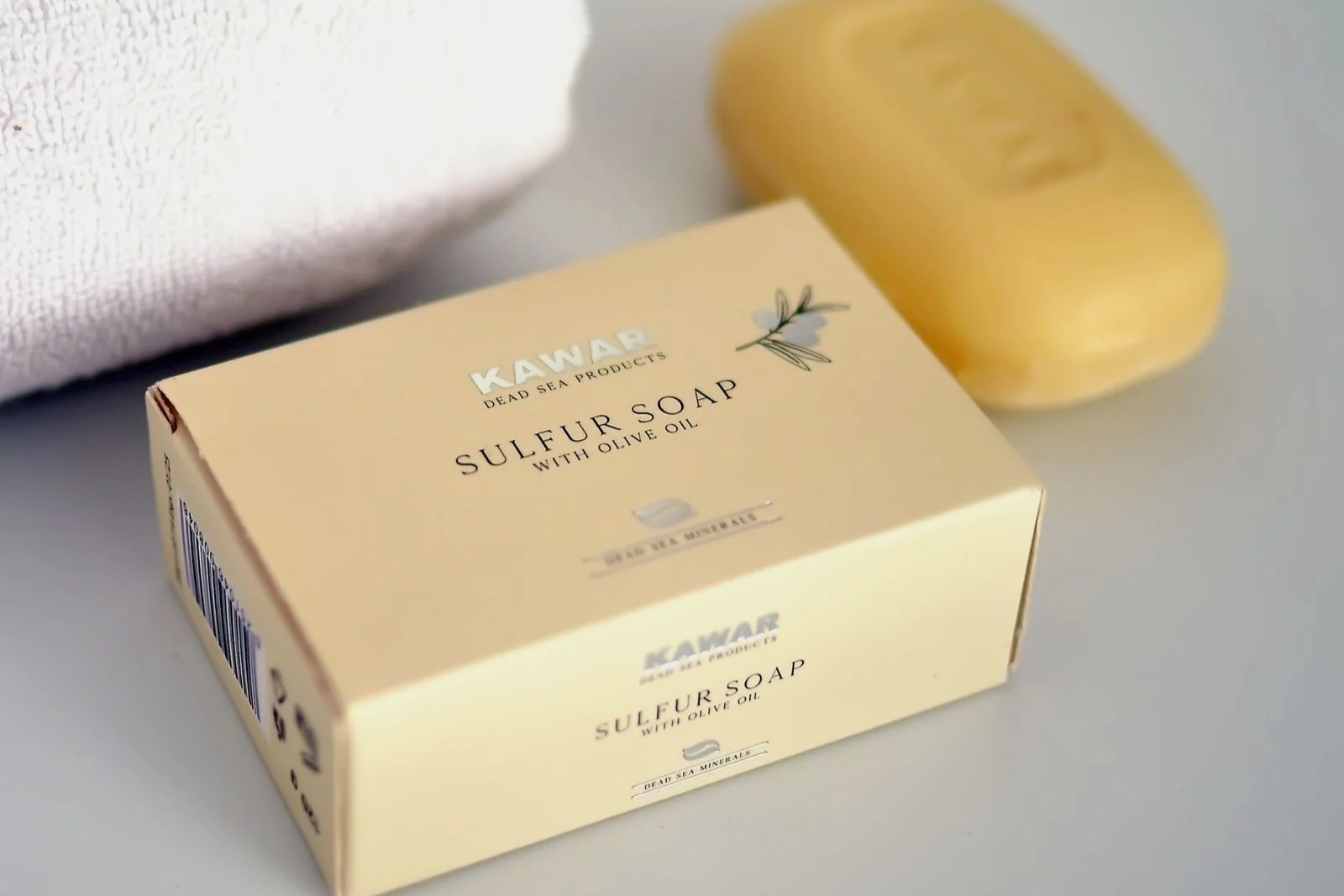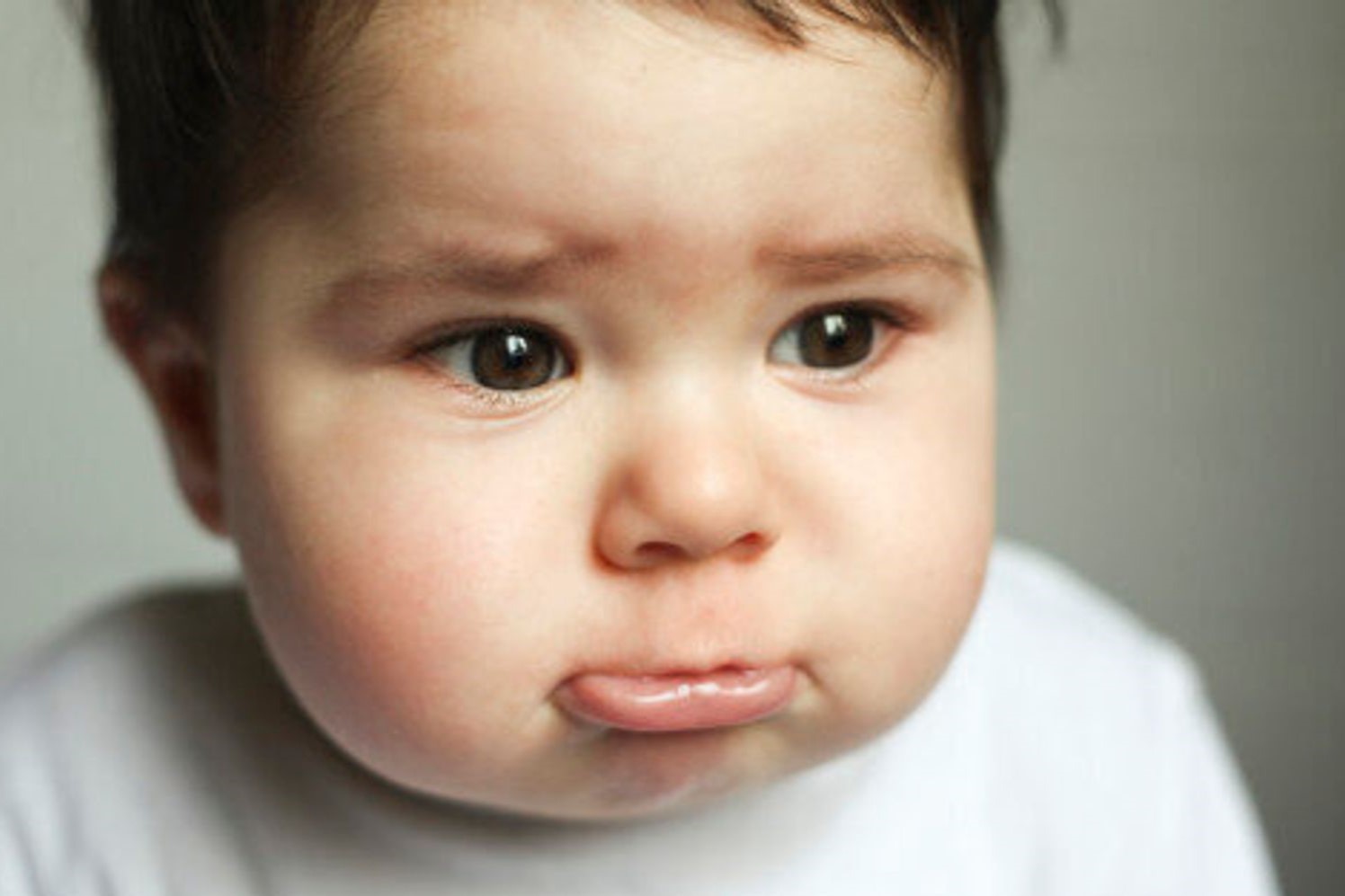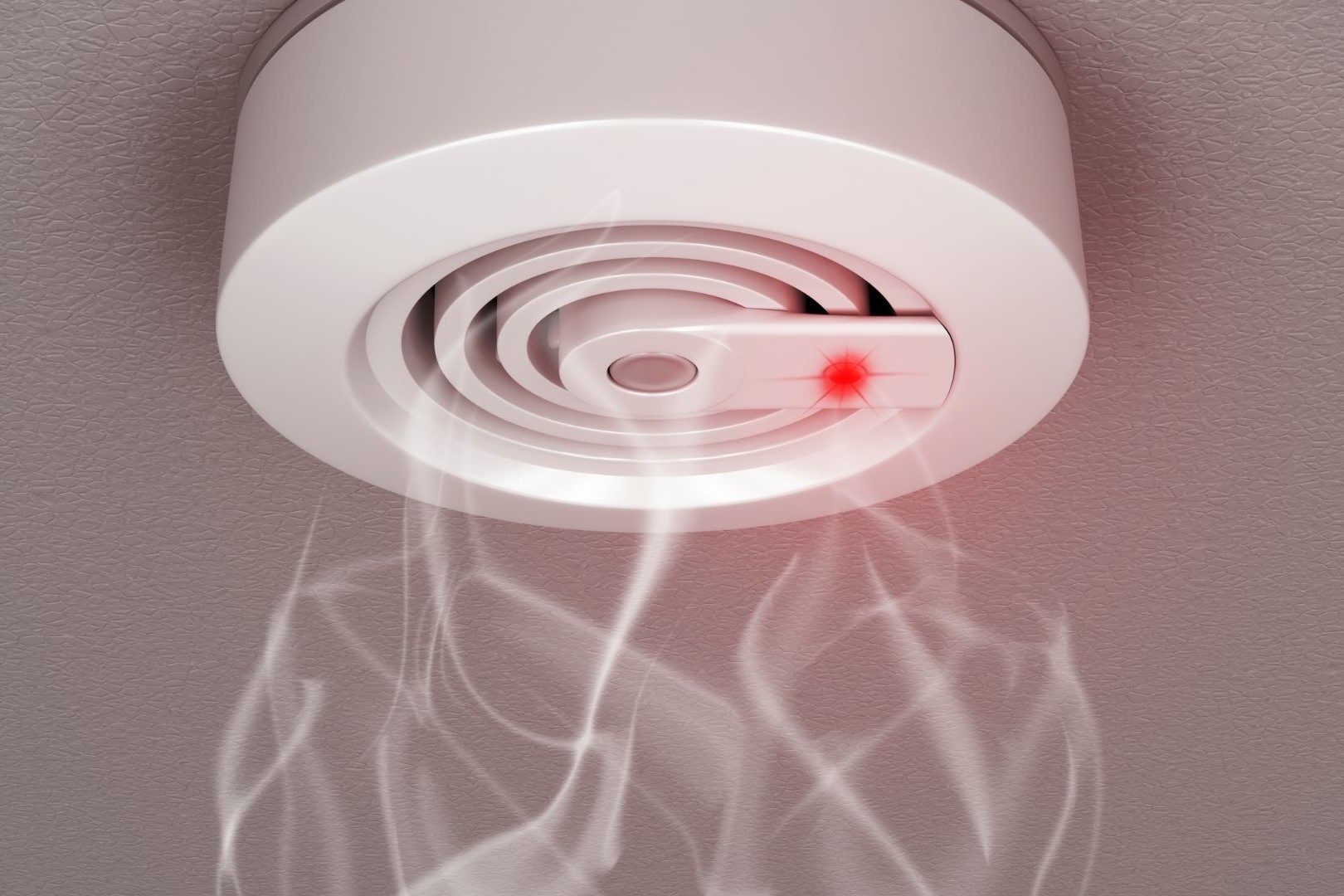Home>Health and Wellness>Oops! Swallowed Shampoo? Here’s What To Do!


Health and Wellness
Oops! Swallowed Shampoo? Here’s What To Do!
Published: February 1, 2024
If you've accidentally swallowed shampoo, don't panic! Learn what to do next for your health and wellness with these essential tips.
(Many of the links in this article redirect to a specific reviewed product. Your purchase of these products through affiliate links helps to generate commission for Noodls.com, at no extra cost. Learn more)
Table of Contents
Introduction
Accidentally swallowing shampoo can be a distressing experience, but rest assured, you're not alone. It's a common mishap that can happen to anyone, especially children who are naturally curious. While the thought of ingesting shampoo may raise concerns, it's essential to understand the steps to take in such a situation. This article aims to provide practical guidance on what to do if you or someone else swallows shampoo, potential risks associated with this occurrence, when to seek medical assistance, and preventive measures to avoid accidental ingestion in the future.
In the following sections, we'll delve into the immediate actions to take after swallowing shampoo, including the importance of staying calm and seeking medical advice if necessary. Additionally, we'll explore the potential risks and adverse effects of ingesting shampoo, emphasizing the significance of understanding these implications. Furthermore, we'll discuss the circumstances that warrant seeking professional medical help and highlight the preventive measures that can be implemented to minimize the likelihood of accidental ingestion.
By gaining insights into these aspects, you'll be better equipped to handle such incidents with confidence and take proactive measures to prevent them from occurring in the first place. Whether it's a curious child or an accidental mishap during showering, knowing how to respond to the situation and being aware of the potential risks can make a significant difference in ensuring the well-being of yourself and your loved ones. So, let's delve into the essential information on managing the aftermath of swallowing shampoo and safeguarding against such incidents in the future.
Read more: Caught Skinny Dipping? Here’s What To Do!
What to Do If You Swallow Shampoo
If you find yourself in the unsettling situation of having swallowed shampoo, it's important to remain as calm as possible. While the taste and sensation may be unpleasant, taking swift and appropriate action can help mitigate potential adverse effects. Here's what to do if you or someone else swallows shampoo:
-
Rinse Your Mouth: Immediately rinse your mouth with water to remove any residual shampoo. Swish the water around and then spit it out. This can help reduce the amount of shampoo that may be ingested and minimize its contact with the sensitive tissues in your mouth and throat.
-
Do Not Induce Vomiting: Unlike some other substances, inducing vomiting after swallowing shampoo is not recommended. Shampoo contains various chemicals that can cause further irritation and damage if brought back up. Therefore, refrain from attempting to induce vomiting unless specifically instructed to do so by a healthcare professional.
-
Drink Water: Following the initial rinsing, drink a glass of water to help dilute any shampoo that may have been swallowed. This can also help alleviate any discomfort and reduce the concentration of the shampoo in your digestive system.
-
Observe for Symptoms: Monitor yourself or the individual who swallowed the shampoo for any signs of distress, including difficulty breathing, throat irritation, or stomach discomfort. If any concerning symptoms arise, seek medical attention promptly.
-
Seek Medical Advice if Necessary: If you or the individual who ingested the shampoo experiences persistent discomfort, unusual symptoms, or if a large amount of shampoo was swallowed, it's crucial to seek medical advice. Contact a healthcare professional or poison control center for guidance on the next steps to take.
By following these steps and remaining vigilant for any unusual symptoms, you can effectively address the immediate aftermath of swallowing shampoo. Remember, staying composed and taking proactive measures can make a significant difference in minimizing potential risks and ensuring the well-being of everyone involved.
Potential Risks of Swallowing Shampoo
Swallowing shampoo, even in small amounts, can pose potential risks to one's health due to the chemical composition of these products. Shampoos typically contain a combination of cleansing agents, fragrances, preservatives, and other additives, some of which may be harmful if ingested. Understanding the potential risks associated with swallowing shampoo is crucial for recognizing the possible adverse effects on the body. Here are the key risks to consider:
1. Gastrointestinal Irritation:
The ingredients in shampoo, such as surfactants and fragrances, can cause irritation to the gastrointestinal tract if swallowed. This can lead to symptoms like nausea, vomiting, abdominal discomfort, and diarrhea. The severity of these symptoms may vary depending on the amount of shampoo ingested and the individual's sensitivity to the ingredients.
2. Chemical Toxicity:
Certain chemicals present in shampoos, such as sulfates, parabens, and formaldehyde-releasing preservatives, can be toxic when ingested in significant quantities. These substances may have adverse effects on the liver, kidneys, and other organs. Additionally, some fragrances and dyes used in shampoos can contain potentially harmful compounds that may pose health risks when consumed.
Read more: The Shocking Consequences Of Someone Logging Into My Instagram Account! Here’s What You Must Do Now!
3. Respiratory Issues:
In some cases, swallowing shampoo may lead to respiratory problems if the product is accidentally inhaled into the lungs during ingestion. This can occur if the shampoo enters the airways while swallowing, especially if coughing or choking ensues. Inhalation of shampoo can cause breathing difficulties, coughing, and lung irritation, requiring immediate medical attention.
4. Allergic Reactions:
Individuals with sensitivities or allergies to certain shampoo ingredients are at risk of experiencing allergic reactions upon swallowing the product. These reactions can manifest as hives, itching, swelling, and in severe cases, anaphylaxis. It's important to be aware of any known allergies to shampoo ingredients to assess the potential risks of an allergic response.
5. Ingestion of Harmful Substances:
Some shampoos may contain substances that are not intended for ingestion, such as chemical exfoliants or high concentrations of certain active ingredients. Swallowing these substances can lead to adverse effects on the body, including chemical burns, internal damage, and systemic toxicity.
Understanding these potential risks underscores the importance of taking precautionary measures to prevent accidental ingestion of shampoo. By being mindful of the ingredients in shampoos and their potential health implications, individuals can make informed choices and minimize the likelihood of encountering these risks. Additionally, prompt action and seeking medical advice in the event of shampoo ingestion can help mitigate the potential consequences and ensure appropriate care is provided.
When to Seek Medical Help
In the event of swallowing shampoo, certain circumstances warrant seeking immediate medical assistance to address any potential risks and ensure appropriate care. It's important to be vigilant and recognize the signs that indicate the need for professional medical help. Here are the situations in which seeking medical advice is crucial:
-
Persistent Symptoms: If the individual experiences persistent symptoms such as throat irritation, difficulty breathing, severe stomach discomfort, or ongoing nausea after swallowing shampoo, it's essential to seek medical attention promptly. These symptoms may indicate a significant reaction to the ingested shampoo that requires medical assessment and intervention.
-
Large Quantity Ingestion: In cases where a substantial amount of shampoo has been swallowed, either accidentally or due to a misunderstanding, it's imperative to contact a healthcare professional or poison control center. Large quantity ingestion increases the risk of adverse effects on the body, including potential toxicity from the shampoo's ingredients, and necessitates medical evaluation to determine the appropriate course of action.
-
Unusual Reactions: If the individual exhibits unusual reactions following the ingestion of shampoo, such as dizziness, confusion, or signs of an allergic response such as swelling of the face or throat, it is critical to seek immediate medical assistance. These atypical reactions may indicate a severe adverse effect that requires prompt medical attention and intervention.
-
Accidental Inhalation: If the individual accidentally inhales shampoo into the lungs during ingestion, leading to respiratory distress, coughing, or breathing difficulties, urgent medical help is necessary. Inhalation of shampoo can cause irritation and potential harm to the respiratory system, warranting immediate assessment and treatment by healthcare professionals.
-
Concern for Children: In the case of a child swallowing shampoo, especially young children or toddlers, it's advisable to seek medical advice promptly, even if the quantity ingested seems small. Children may be more vulnerable to the effects of ingested substances, and professional medical evaluation can provide reassurance and appropriate guidance.
In these scenarios, it's crucial not to delay seeking medical help. Timely intervention can mitigate potential risks, address any adverse effects, and ensure the well-being of the individual who has swallowed shampoo. By recognizing the indications for seeking medical assistance, individuals can take proactive steps to address the situation effectively and access the necessary care and support.
Preventing Accidental Ingestion of Shampoo
Preventing accidental ingestion of shampoo is paramount in safeguarding the well-being of individuals, particularly children who may be more susceptible to such mishaps due to their curious nature. Implementing proactive measures and fostering awareness can significantly reduce the likelihood of encountering such incidents. Here's a comprehensive guide to preventing accidental ingestion of shampoo:
-
Secure Storage: Store shampoo and other personal care products in a secure, elevated location that is out of reach of children. Utilize cabinets with childproof locks or high shelves to prevent easy access to these items.
-
Child-Resistant Packaging: When purchasing shampoo, opt for products that are packaged in child-resistant containers. These specialized packaging designs are intended to deter young children from easily opening the bottles, reducing the risk of accidental ingestion.
-
Education and Supervision: Educate children about the purpose of shampoos and other personal care products, emphasizing that they are not meant for consumption. Additionally, provide adequate supervision during bath time and ensure that young children are not left unattended in the vicinity of these products.
-
Safe Dispensing: Use caution when dispensing shampoo, ensuring that spills are promptly cleaned up to prevent accidental ingestion. Avoid leaving open bottles unattended, especially in areas accessible to children.
-
Clear Labeling: Check the labels of shampoos for any warnings or precautions related to ingestion. Ensure that the product information is clearly legible and that any potential hazards are understood.
-
Teach Safe Practices: Instruct children on safe hygiene practices, including the proper use of personal care products and the importance of seeking adult assistance if they encounter spills or accidents involving these items.
-
Alternative Storage: Consider storing shampoo and similar products in a separate location from food items to minimize the risk of confusion and accidental ingestion.
-
Regular Review: Periodically review and assess the storage and accessibility of personal care products, making adjustments as necessary to maintain a safe environment, especially in households with young children or individuals with cognitive impairments.
By integrating these preventive measures into daily routines and household practices, the risk of accidental ingestion of shampoo can be significantly mitigated. Cultivating a safe and informed environment, coupled with responsible product handling, fosters a protective barrier against such incidents, promoting the well-being of individuals and ensuring a secure living space for all.
